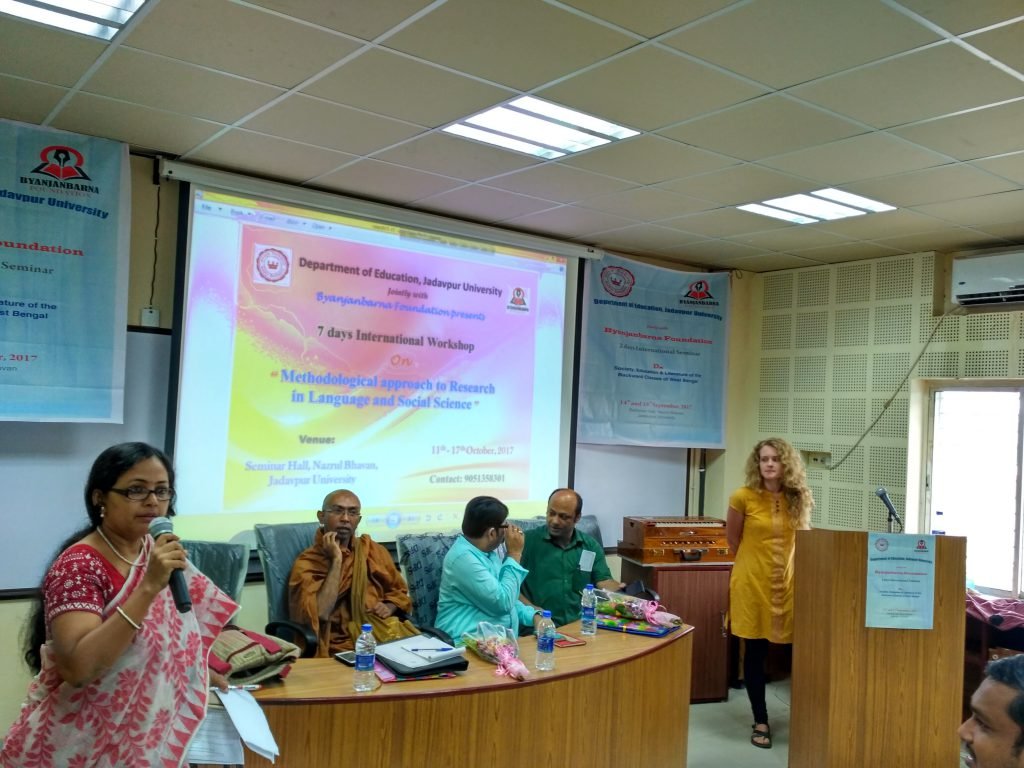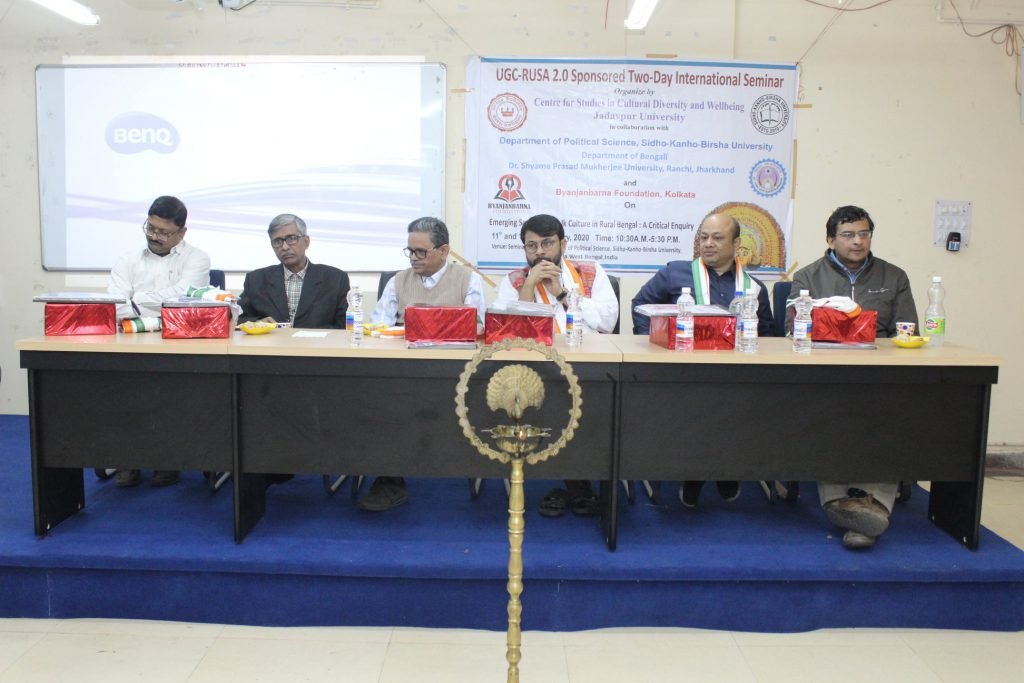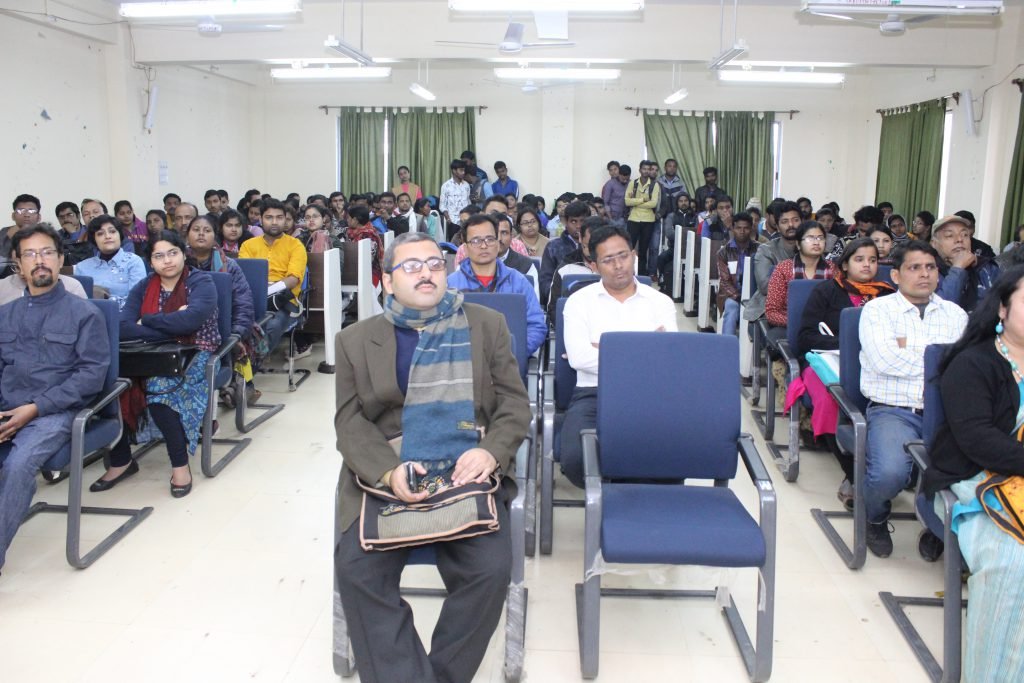“বাংলা ভাষা উচ্চারিত হলে নিকনো উঠোনে ঝরে রৌদ্র,বারান্দায় লাগে জ্যোৎস্নার চন্দন। বাংলা ভাষা উচ্চারিত হলে অন্ধ বাউলের একতারা বাজেউদার গৈরিক মাঠে, খোলা পথে, উত্তাল নদীর বাঁকে বাঁকে; নদী ও নর্তকী হয়। যখন সকালে নতুন শিক্ষার্থী লেখে তার বাল্যশিক্ষার অক্ষর, কাননে কুসুমকলি ফোটে, গো-রাখালের বাঁশি হাওয়াকে বানায় মেঠো সুর, পুকুরে কলস ভাসে।” শামসুর রাহমান
A first language, native tongue, native language, or mother/father/parent tongue (also known as arterial language) is a language that a person has been exposed to from birth or within the critical period. In some countries, the term native language or mother tongue refers to the language of one’s ethnic group rather than one’s first language. Children growing up in bilingual homes have more than one mother tongue or native language. The first language of a child is part of that child’s personal, social and cultural identity; that brings about the reflection and learning of successful social patterns of acting and speaking. On 17th November 1999, UNESCO designated February 21st as the International Mother Language Day. Our focus is on exploring the status of various Indian vernacular languages, study their importance and use in local ethnic cultures, their geographic divisions, language surveys and conservation of endangered vernacular languages.



